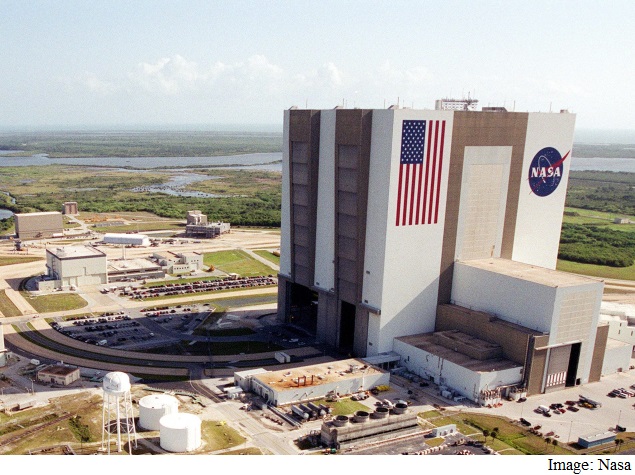- Home
- Science
- Science News
- Nasa Launches METIS Research Satellite as Part of CubeSat Initiative
Nasa Launches METIS Research Satellite as Part of CubeSat Initiative

As part of Nasa's CubeSat Launch Initiative, the research satellite was sent aboard an Atlas V rocket from Cape Canaveral Air Force Station, Florida on Wednesday.
Called the Materials Exposure and Technology Innovation in Space (METIS), the probe will expose about 100 different materials samples to the space environment for more than 200 days.
The beauty of CubeSats is their versatility.
Because they are relatively inexpensive to build and deploy, scientists could conceivably launch multiple spacecraft for multi-point sampling -- a capability currently not available with single planetary probes.
Using the momentum transferred from solar photons as they strike a large, thin, reflective sail would allow a spacecraft to accelerate continuously using only the sun's energy.
Nasa is considering the use of solar sails on future exploration mission secondary payloads and data from this mission will advance understanding of this form of propulsion, the US space agency said in a statement.
Since its inception in 2010, the CubeSat Launch Initiative has selected 110 CubeSats primarily from educational and government institutions around the US.
Nasa selected Planetary Society's LightSail mission as part of the agency's CubeSat Launch Initiative, which provides opportunities for small satellites to fly as auxiliary payloads on planned missions.
The cube-shaped satellites measure about four inches on each side, have a volume of about one quart and weigh less than three pounds each.
Since its inception in 2010, the CubeSat Launch Initiative has selected 110 CubeSats primarily from educational and government institutions around the US.
Get your daily dose of tech news, reviews, and insights, in under 80 characters on Gadgets 360 Turbo. Connect with fellow tech lovers on our Forum. Follow us on X, Facebook, WhatsApp, Threads and Google News for instant updates. Catch all the action on our YouTube channel.
Related Stories
- Samsung Galaxy Unpacked 2025
- ChatGPT
- Redmi Note 14 Pro+
- iPhone 16
- Apple Vision Pro
- Oneplus 12
- OnePlus Nord CE 3 Lite 5G
- iPhone 13
- Xiaomi 14 Pro
- Oppo Find N3
- Tecno Spark Go (2023)
- Realme V30
- Best Phones Under 25000
- Samsung Galaxy S24 Series
- Cryptocurrency
- iQoo 12
- Samsung Galaxy S24 Ultra
- Giottus
- Samsung Galaxy Z Flip 5
- Apple 'Scary Fast'
- Housefull 5
- GoPro Hero 12 Black Review
- Invincible Season 2
- JioGlass
- HD Ready TV
- Laptop Under 50000
- Smartwatch Under 10000
- Latest Mobile Phones
- Compare Phones
- Honor Win RT
- Honor Win
- Xiaomi 17 Ultra Leica Edition
- Xiaomi 17 Ultra
- Huawei Nova 15
- Huawei Nova 15 Pro
- Huawei Nova 15 Ultra
- OnePlus 15R
- Asus ProArt P16
- MacBook Pro 14-inch (M5, 2025)
- OPPO Pad Air 5
- Huawei MatePad 11.5 (2026)
- Xiaomi Watch 5
- Huawei Watch 10th Anniversary Edition
- Acerpure Nitro Z Series 100-inch QLED TV
- Samsung 43 Inch LED Ultra HD (4K) Smart TV (UA43UE81AFULXL)
- Asus ROG Ally
- Nintendo Switch Lite
- Haier 1.6 Ton 5 Star Inverter Split AC (HSU19G-MZAID5BN-INV)
- Haier 1.6 Ton 5 Star Inverter Split AC (HSU19G-MZAIM5BN-INV)

















